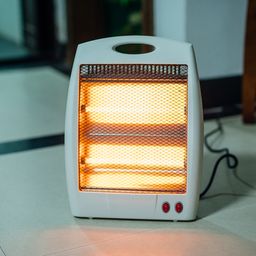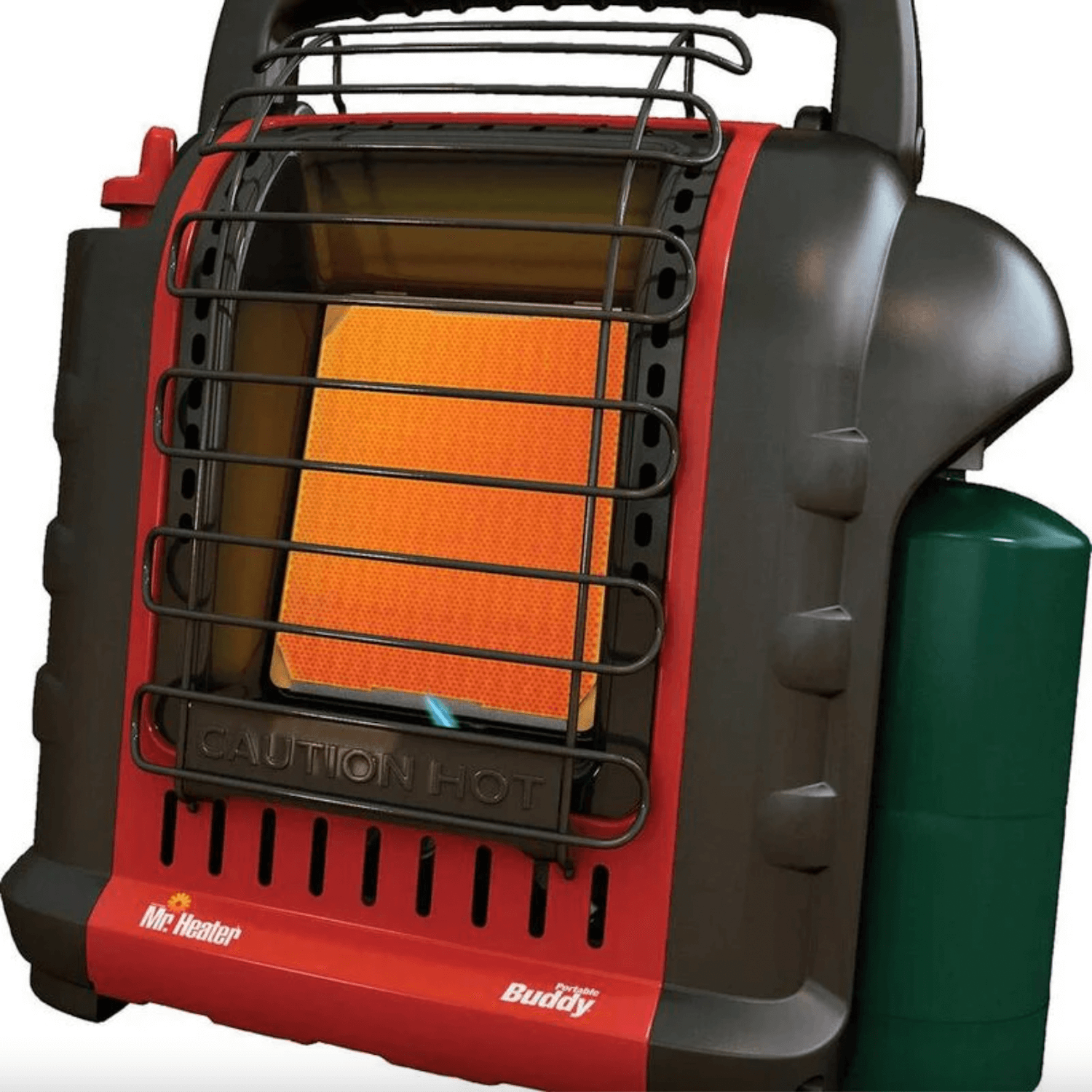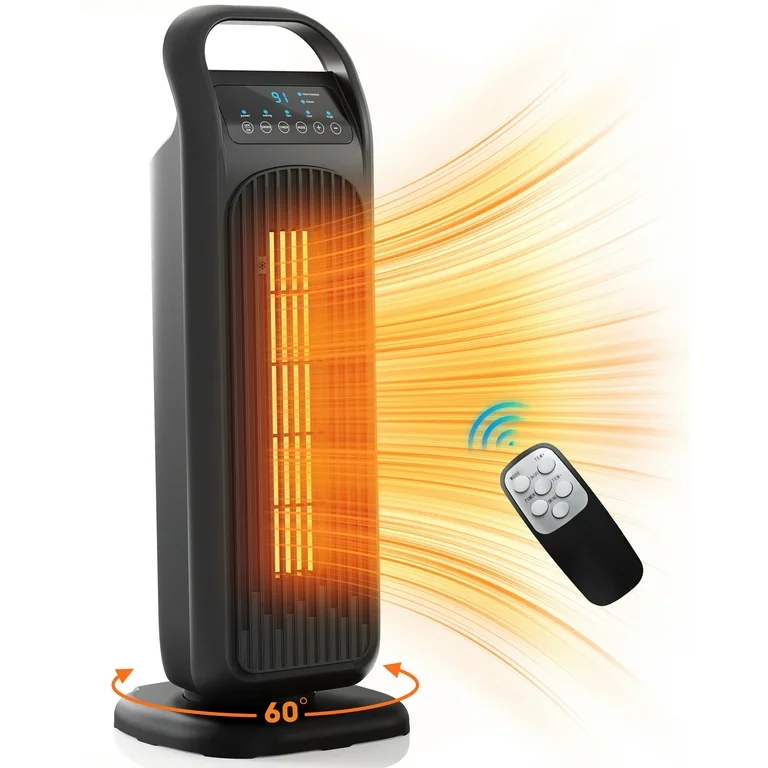1 Source Portable Air Fundamentals Explained
1 Source Portable Air Fundamentals Explained
Blog Article
Excitement About 1 Source Portable Air
Table of ContentsNot known Facts About 1 Source Portable AirThe 2-Minute Rule for 1 Source Portable Air1 Source Portable Air Fundamentals ExplainedThe 9-Second Trick For 1 Source Portable AirThe Best Strategy To Use For 1 Source Portable Air
Running expenses are based upon an electrical power cost of 40c/kWh. The prices for 3 months' usage in winter season are based on 500 hours utilize, or roughly 6 hours per day for three months. Maximum heat result is based upon the optimum electrical power of the models we have actually tested (we focus on higher power level heating units).
This relies on what price you're looking at upfront purchase, or running cost? Customarily, there are trade-offs with either selection. Generally, tiny follower heating systems are much less pricey to acquire, but can have greater running prices. Oil column heating units will certainly be the most inexpensive on the marketplace to run (on average) but only by a narrow margin in advance of convection heating systems (like panel and micathermic panels).
The Definitive Guide for 1 Source Portable Air
If you have a reversible ceiling follower, it'll help distribute the warmth around the room a lot more equally. A number of pricey heating units have actually fallen short to thrill our testers, while some less costly models make for surprisingly good buys.
As the name recommends, they radiate heat from a heated home heating element (so the family will have to take turns sitting in front of it). Radiant heating units are reasonably cost-effective.
Radiant heating systems usually set you back between $20 and $200. Oil-filled column heating units don't actually melt oil they make use of electrical energy to heat up the oil that's sealed inside their columns or 'fins'.
7 Easy Facts About 1 Source Portable Air Explained
Some column heating systems aren't also oil-filled but rather use various other material or home heating technology to work similarly - 1 Source Portable Air. The threat of fire with an oil column heating unit is reduced contrasted to various other heating system types, yet never ever zero. Oil heating units don't have actually revealed aspects like glowing heaters do, and their surface area temperature is less than numerous various other heater types (their huge area offsets it)
Oil column heaters won't take off, and while they don't shed their oil to create heat, it's still combustible, so there is a fire risk if the oil leaks, if the heating unit topple and leaks, or if combustible things or textile enter into call or fall on the heater. You must work out the same degree of care with oil heating systems as for other heating system types, and never hang towels or clothing over one to completely dry them utilize a drying rack rather, at the very least one metre away.
Column heating units are specifically useful in spaces where they'll be activated for extended periods of time or where they'll operate unattended, such as overnight in a bed room. The surface areas you're most likely to discuss a column heating system do not get as warm as other sorts of electric heaters. You can utilize a ceiling fan on extremely reduced speed to assist the column heater to distribute the heat quicker and much more uniformly.
Oil-filled column heating units typically cost in between $50 and $450. Convection and panel heating units draw cool air over an electric home heating aspect.
1 Source Portable Air for Dummies

Convection and panel heating units are more portable than their oil-filled column heating system counterparts due to the fact that they're considerably lighter. They'll warm the air in a visit room uniformly and quickly. Like a column heater, you can make use of a ceiling follower on extremely reduced rate to distribute the heat quicker and more uniformly. Some versions, particularly panel heating units, are fairly expensive to purchase.

The Single Strategy To Use For 1 Source Portable Air
Fan heaters are commonly smaller sized and a lot more mobile than other electric heating units. They likewise are available in the type of tower fan heaters, which can be better for dispersing warmth around larger areas because of their taller profile. They official source can heat the air in an area extra swiftly, uniformly and promptly than a few other heating system kinds.
Fan heating units (ceramic or otherwise) usually cost in between $60 and $900. Ceramic fan heaters aren't necessarily any various in cost to non-ceramic designs.
Report this page